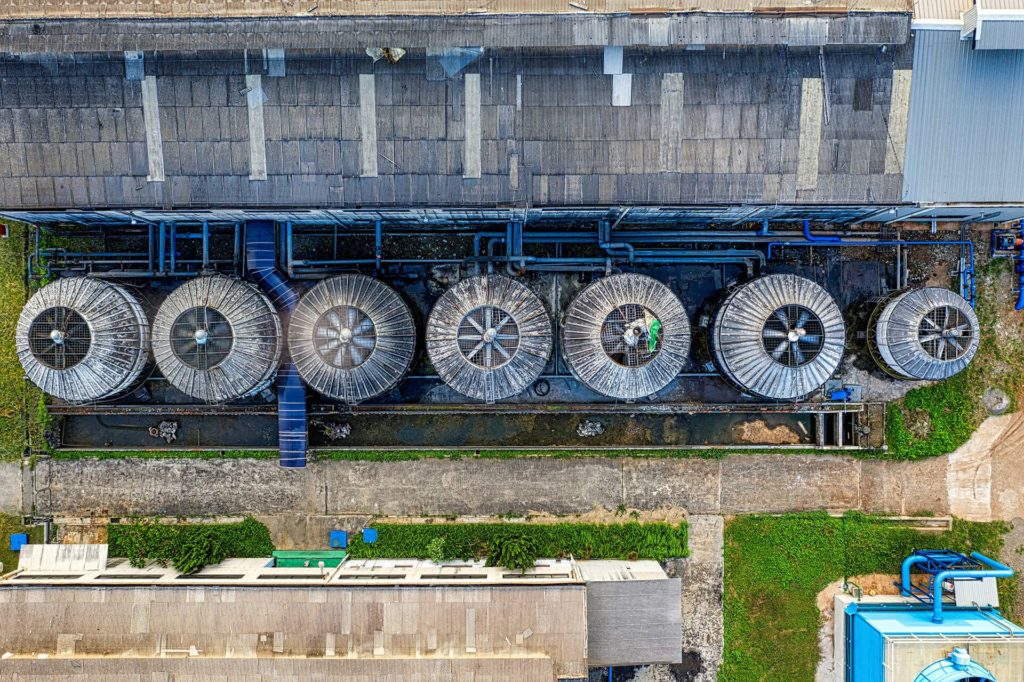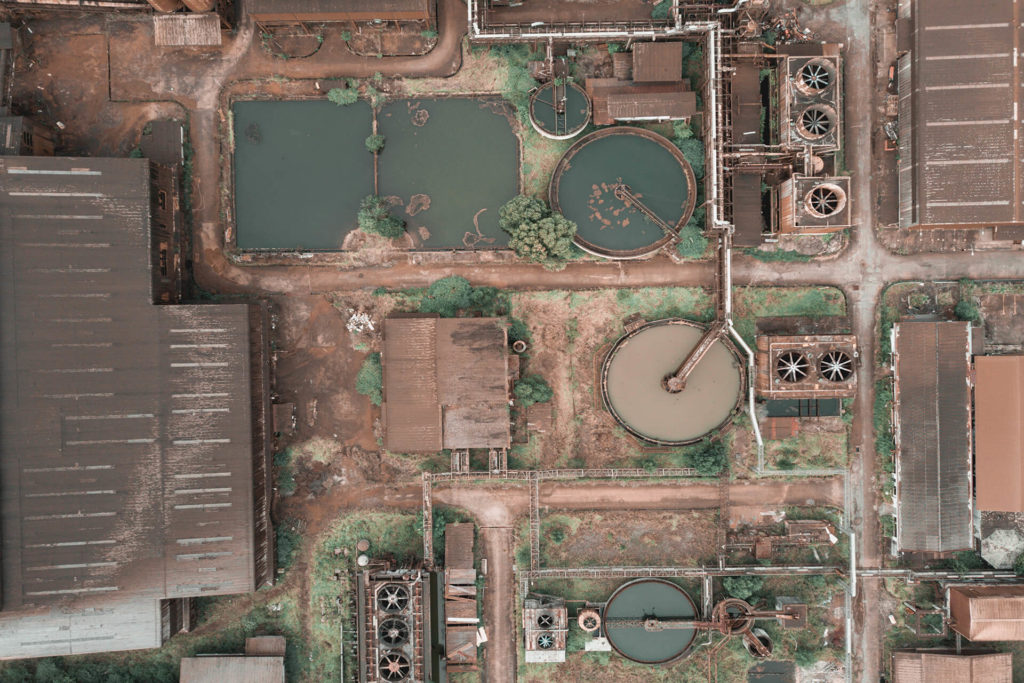Time for Europe to Lead Water Stewardship
The European Union has been evaluating and addressing several pressing water issues through guidelines and directives – but it hasn’t necessarily gotten the (global) credit it deserves. As the U.S. passes a landmark infrastructure bill, now is the time for European countries to be even more proactive on initiatives to address water needs.
Europe has taken strong steps to address usage of harmful polyfluoroalkyl (PFA) substances that are increasingly found in drinking water supplies, wastewater, and biosolids.
In June 2021, Denmark, Germany, the Netherlands, Norway, and Sweden submitted to the European Chemicals Agency (ECHA) their intention to draft a restriction proposal that would ban the manufacturing, marketing, and use of PFAS under Registration, Evaluation, Authorization and Restriction of Chemicals (REACH) legislation.
In addition, the ECHA intends to submit a restriction proposal specifically for PFAS applications in firefighting foams, identified as a primary source of water contamination. These steps in the EU, combined with the actions of additional countries, mark important milestones in the curtailment of PFAS to safeguard water resources and human health.
Significant emphasis has been placed on the U.S. PFAs treatment market, which is forecasted to reach $3.1billion in annual spend by 2030. But with more wide-sweeping policy enforcement actions, the EU could surpass the U.S. in the near term. The EU’s more top-down environmental focus, transposed into law by member states, suggests that PFAS regulatory actions could accelerate more quickly.
The EU’s updated Drinking Water Directive, implemented in January 2021, also heightens the focus on this key issue by establishing guidelines for PFAS monitoring and testing across member states three years from the directive’s implementation date. Requirements for monitoring and compliance are expected to be implemented within five years.

Meeting infrastructure needs through digital water investments
With a focus on metering, leakage management, and energy efficiency, European utilities are optimizing network operations through a host of new hardware and software solutions.
European utilities, particularly those with leaky networks and strong regulatory regimes, are at the forefront of digital water – taking concrete, incremental steps to improve water network operational efficiency.
In some cases, the results have been astounding, such as halving of non-revenue water, 20-40% drops in energy consumption, and substantial savings for meter reading. Although a clean slate may be optimal, European utilities confirm the key is not necessarily an overhaul of network control rooms, but rather, using these new technologies to pinpoint trouble spots on distribution networks, optimize pressure management, and increase condition monitoring, coupled with good old pipe and pump replacements.
Wastewater-based epidemiology has also gotten a boost in the European Union. The European Commission adopted its first recommendation on monitoring COVID-19 in wastewater. As recently as July 2020, European Union (EU) leaders responded to the ongoing COVID-19 pandemic with an overall budget agreement of $2.2 billion of investment from 2021 through 2027. The Commission will provide financial assistance to ensure the systematic analysis of wastewater through readily available laboratory platforms by the end of 2021.
While the U.S. has claimed “corporate sustainability” as a buzzword, as a region, Europe has been at the forefront of addressing climate change.

In 2021, Europe has seen its share of climate related events. In July 2021, Central Europe experienced extreme rainfalls that led to its worst flooding in several decades that resulted in more than 200 deaths. Countries most affected included Germany, Belgium, the Netherlands, and Luxembourg, France, Switzerland, and Austria. In Germany, the floods damaged water infrastructure that led to drinking water shortages. The total economic impact to European countries totaled $377.5 billion and signaled the gravity of water-related climate risks going forward. In contrast to drought and water supply shortages, stormwater management is growing as a concern for both financial and safety risk in Europe.
On average, water & wastewater utilities account for 3%-to-8% of EU countries’ total greenhouse gas emissions (GhG), mainly in the form of carbon dioxide, methane, and nitrous oxide and approximately 3% of total electricity consumption. Areas of targeted improvement include pump optimization, aeration efficiency, leakage reduction, and water conservation.
The UK water sector in particular has made moves toward net zero emissions for the water sector by 2030. In May 2021, Ofwat (the UK’s Water Services Regulation Authority) announced investment of £2.8 billion in environmental projects as part of a green COVID-19 recovery. Following consultation with water companies in 2020, Ofwat set out plans to support £850m of new green projects from Severn Trent, South Staffs Water, South West Water, Thames Water, and United Utilities, to address stormwater overflows, flooding, and water conservation. Another 12 water companies will bring forward £1.9 billion in environmental projects, including improving river quality and protecting endangered species.
In November 2020, the UK water sector announced the first sector-wide collaboration to reduce emissions, a “Net Zero 2030 Routemap”. The announcement parallels more wide-sweeping continental EU policies shaping future water sector investments. The package includes $1.3 billion to support greening economies and accelerating digital transformation, and $900m is for extraordinary recovery measures.
These budget priorities emphasize the EU’s long-term, climate-neutral target by 2050, or net-zero GhG emissions. This objective is at the heart of the European Green Deal (2019) and in line with a commitment to the Paris Climate Agreement (2016) recently discussed in Scotland in the context of the COP26 summit.
The majority of European Union (EU) countries have submitted national plans, tapping into the EU’s €750 billion Recovery and Resilience Facility. The EU Commission is assessing plans, based on eleven criteria, including an objective to dedicate at least 37% of expenditure to investments and reforms that support climate objectives, and 20% to the digital transition. While the U.S. will undoubtedly get press for its landmark infrastructure bill, Europe’s actions should not go unnoticed.
By addressing water quality issues, water infrastructure and climate change, Europe has been taking a pro-active stance both nationally and by country to address its ongoing water needs. It’s time for leaders to take the initiatives a step further, translating policy into concrete projects, and for that the region as a whole should be credited with leading the charge on water sustainability.